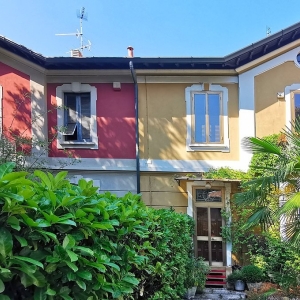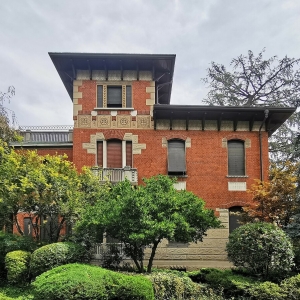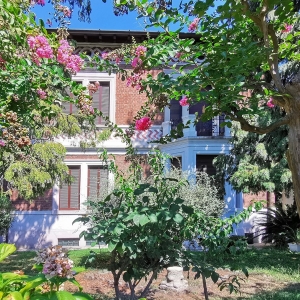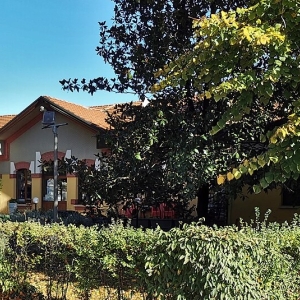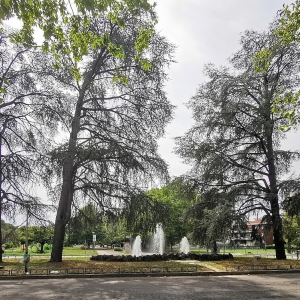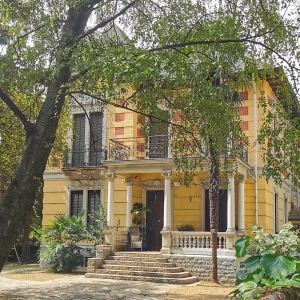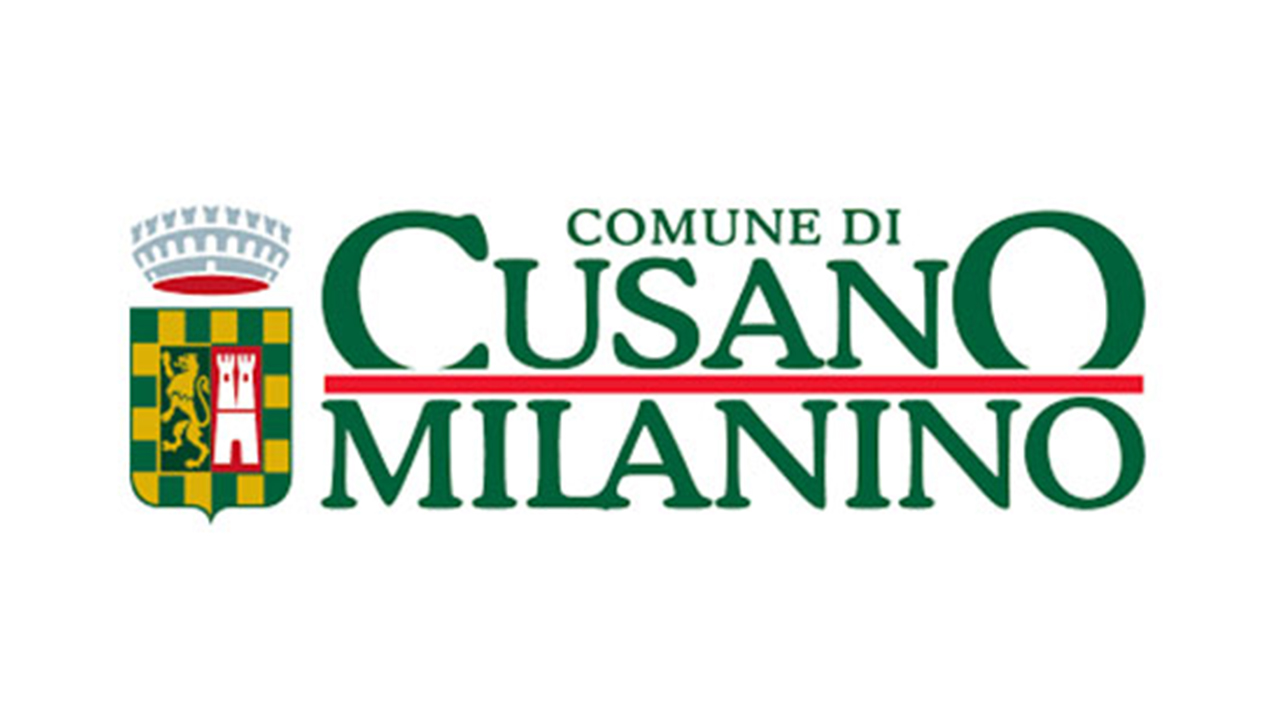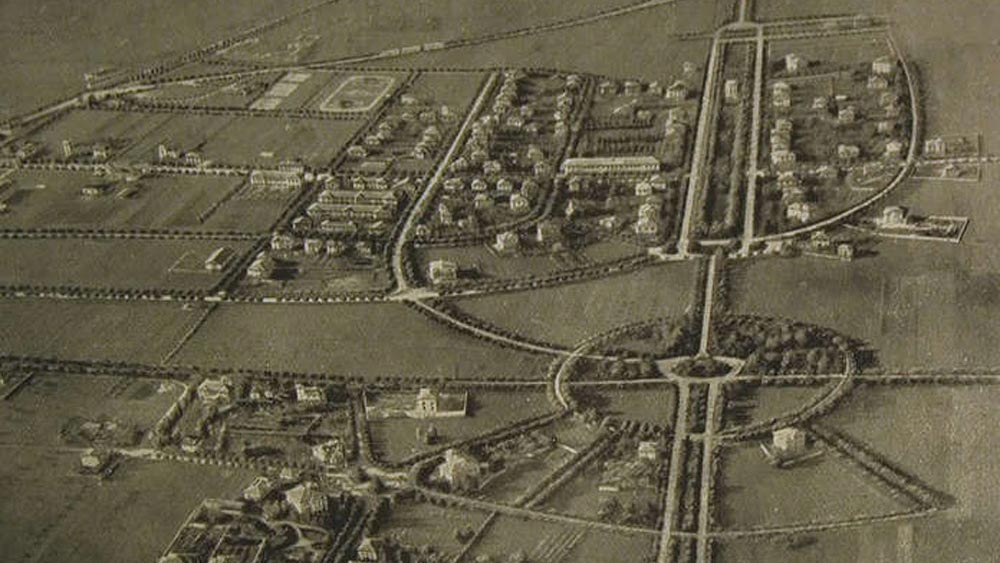
Milanino
Milan, Italy
A neighbourhood in Milan that was heavily influenced by the English garden cities.
| Garden City Type: | Mixed (housing association / municipality / other) |
| Country: | Italy |
| City: | Milan |
| Years of construction: |
1912 Start construction 1943 Completion
|
| Initiator/client: | Luigi Buffoli |
| Architect or related: |
Giannino Ferrini Giannino Ferrini (1863-1942) was an Italian engineer and architect. Having graduated in engineering in 1885 from the Polytechnic, Giannino Ferrini was head of the municipal technical office for many years, designing numerous buildings in Milan. He was responsible for the projects for the popular neighborhoods of Ripamonti |
| Heritage status: | No |
| General condition of Garden City: | Good condition |
General description
Milanino (later renamed Cusano Milanino), a suburb north of Milan, is a garden village that was conceived in 1906 and was inspired by English garden city designs of Letchworth and Welwyn. The initiative was that of Luigi Buffoli, founder and president of the Cooperative Union (Unione Cooperativa Edile), created in 1886 with the aim of helping the middle class. Leaders of the Union, including Buffoli himself, travelled to the US, Germany and England to learn firsthand the experiences of "this very modern form which we call garden city".
Building started in 1912. It was an ambitious project for which 1,300,000m² of land in the town of Cusano, north of Milan, was selected. Two-storey buildings were planned, in low densities, with plenty of space for large gardens.
It was, however, only partially completed, due partly to the outbreak of World War I, the global financial crisis that affected the Cooperative Union in the Twenties and halted development, and because of the failure to complete the high speed tramway line connection with the city that had been promised.
Architecture / Urban planning
Milanino consitst of single-family houses surrounded by greenery with significant presences of public green spaces and wide tree-lined streets. A 60 meter wide tree-lined straight axis, which is now Viale Luigi Buffoli (Avenue Buffoli), is the centre of the settlement. Circular roads north and south and winding tree-lined residential streets radiate off both.
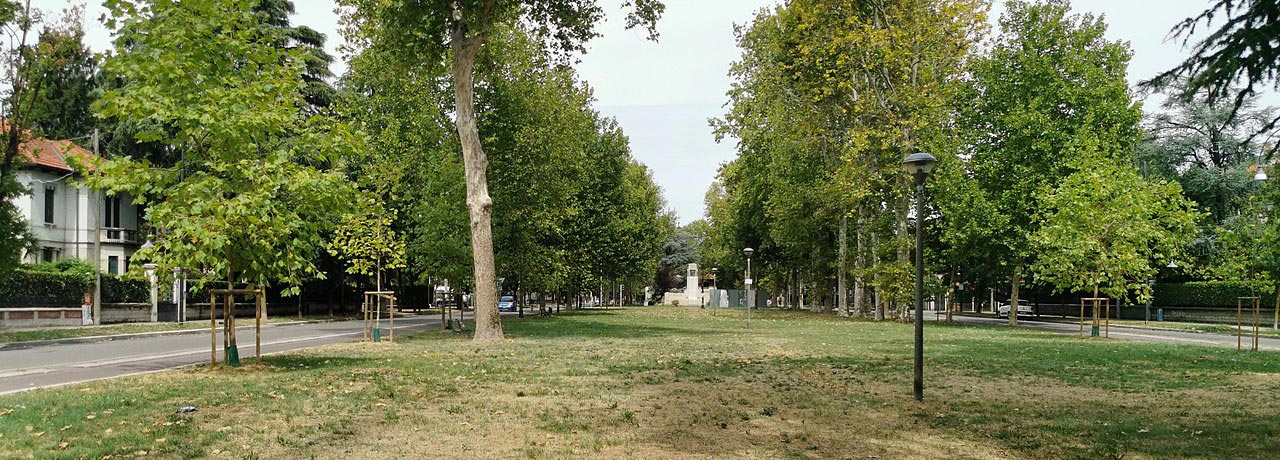 Viale Luigi Buffoli (Kaitu/Wikimedia Commons, 2022)
Viale Luigi Buffoli (Kaitu/Wikimedia Commons, 2022)
Architecturally, apart from the odd example of neoclassic recovery, there are mainly small villas in Romanesque or Renaissance style.
Sources
- Website URL
- Website URL
Municipality of Cusano Milanino: Historic villas of the Garden City [in Italian]
- Website URL
The Milanino (1910). From: Social housing and garden cities, fasc. 2, 1910 [in Italian]
- Website URL
Constanza Roggero, Garden cities in Italy [in Italian]

